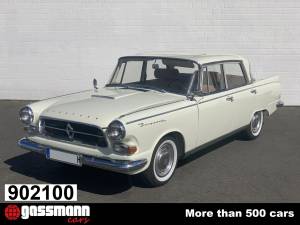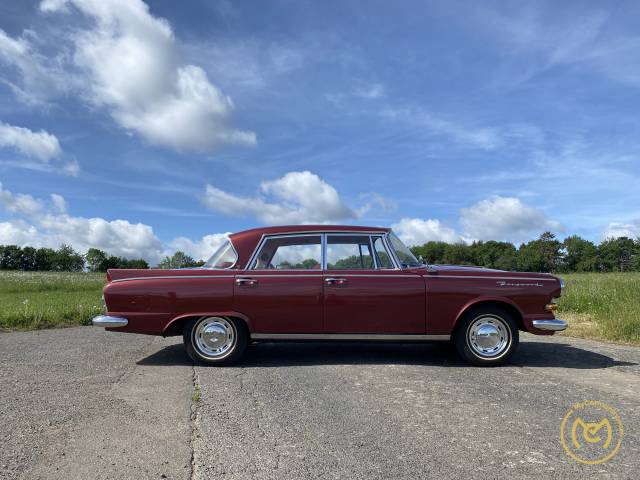Borgward P 100 Classic Cars for Sale
The Borgward P 100 stands out as an advanced German luxury saloon of the early 1960s, most notably introducing air suspension as a standard feature. Built for just a short period, the P 100 combined technical sophistication and distinctive design, making it a sought-after choice for those interested in rare luxury vehicles from Germany’s automotive golden era.
Search results
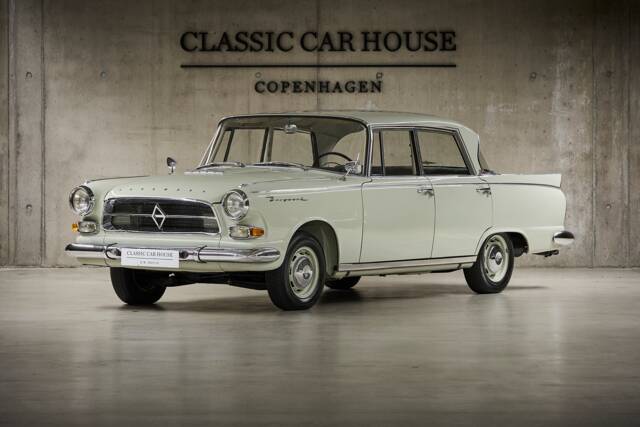
1960 | Borgward P 100 2.3 Litre
1 of 2.587

1961 | Borgward P 100 2.3 Litre
P100 Limousine
Borgward P 100 listing references from Classic Trader
Below you will find listings related to your search that are no longer available on Classic Trader. Use this information to gain insight into availability, value trends, and current pricing for a "Borgward P 100" to make a more informed purchasing decision.

1961 | Borgward P 100 2.3 Litre
P100 Limousine, komplett restauriert
1960 | Borgward P 100 2.3 Litre
Deu. Erstauslieferung, Originalzustand, nachollziehbare Historie, H-Zulassung
1961 | Borgward P 100 2.3 Litre
Zeer mooie auto compleet in orde en schadevrij
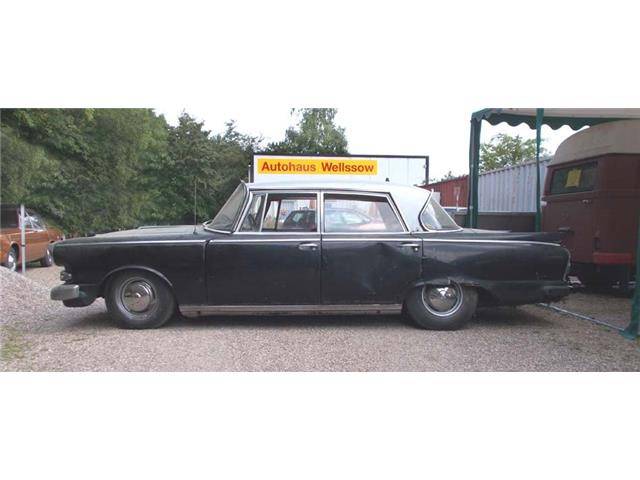
1961 | Borgward P 100 2.3 Litre
Borgward P100 zum Restaurieren
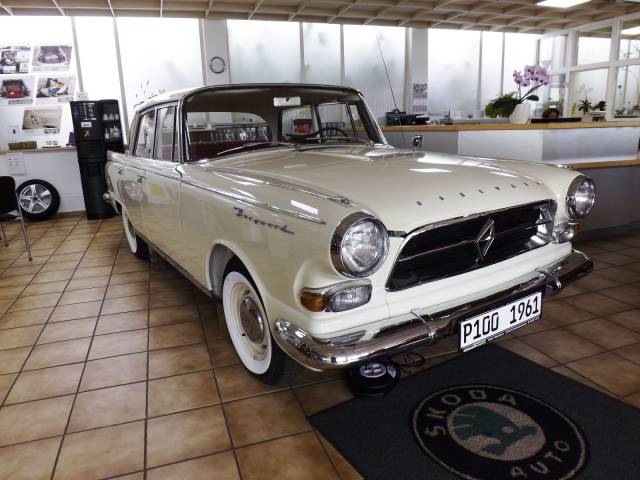
1961 | Borgward P 100 2.3 Litre
Borgward P 100 Luftfederung
History of the Borgward P 100
The Borgward P 100 debuted in September 1959 at the Frankfurt Motor Show, marking the Bremen car manufacturer’s ambition to redefine upper-class saloon engineering. Production ran from January 1960 until July 1961. Developed as a successor to the Hansa 2400, the P 100 was created to remedy the predecessor’s technical shortcomings, particularly its unreliable automatic transmission and difficult ingress due to the door design. The P 100 brought improved manual and available Hansamatic automatic transmissions, better ergonomics, and new electrical features like a 12-volt system. Borgward’s bankruptcy in 1961 curtailed German production, but the P 100’s manufacturing tools found a new home in Mexico, where the car—under the name Borgward 230—was produced until 1970.
Model History
The Borgward P 100 was developed as a direct response to the underwhelming commercial performance of the Hansa 2400 (produced 1952–1958), which suffered from mechanical and ergonomic issues. With a shorter wheelbase (17 cm less) and a reduced turning circle (11.4m vs. 12m), the P 100 handled more nimbly yet retained a 100 hp engine. Less weight and a maximum speed of 160 km/h reflected technical progress over its predecessor. Only about 2,587 units—including prototypes—were built between 1959 and 1962. After the factory closure, 2,267 units (as model 230) were produced in Mexico between 1966 and 1970.
Highlights and Unique Features
The Borgward P 100 distinguished itself from contemporary luxury saloons with its self-developed air suspension, making it the first German production car with such a system. Each wheel used air bellows, kept pressurised by a compressor taking air from a reservoir, which allowed for noticeably improved ride comfort and stability, regardless of vehicle load or road irregularities. The body design also featured front-opening doors and modern advancements like a 12-volt electrical system, both rare for the era. High-quality leather interiors and optional comfort equipment, such as rear support cushions, underlined the car’s luxury credentials.
Technical Data
Special Editions and Rare Variants
While no factory-issued limited editions are documented, the Borgward P 100’s Mexican production (marketed as Borgward 230) adds an international chapter to its history. These models, assembled from 1966–1970 in Mexico, form a small but distinct sub-group, appealing to collectors seeking non-European variants or post-German production vehicles.
Weak Spots and Known Issues
No specific weaknesses or typical problem areas are reported for the Borgward P 100 in our records. However, given its early adoption of air suspension, it is sensible for prospective owners to pay particular attention to the condition and integrity of the air bellows and compressor systems. Checking the function of the Hansamatic transmission (if equipped) and maintaining originality—especially the exhaustively specified luxury interior—are advised for ensuring value retention.
Engine, Transmission and Handling
The P 100’s six-cylinder engine delivers 100 hp, paired with either a Borgward manual or the optional Hansamatic semi-automatic transmission by Hobbs Transmission Ltd. in the UK. Thanks to its lighter body and shorter wheelbase versus its predecessor, the vehicle is more agile and economical. Notably, the ride comfort and handling benefit from centralized air suspension, setting the P 100 apart in its segment. The top speed of 160 km/h placed it just ahead of the prior Hansa 2400, and shorter turning circle increased urban usability. - Borgward P 100 (German production, 1959–1962): Classic layout and earliest air-suspension variant.
- Borgward 230 (Mexican production, 1966–1970): Market-specific continuation, mechanically similar and appealing to international collectors.
Interior, Comfort, Exterior and Design
The P 100’s bodywork stands out for unfussy elegance, marked by smooth horizontal lines and subtle chrome details. Interiors could be specified in full leather, with options such as rear seat support cushions typical of German luxury aspirations. Early production runs featured distinctive front-hinged doors, aiding both entry and style. Paint and trim selections were focused on restraint and quality rather than showmanship. Special mention goes to the self-leveling air suspension’s effect on stance and ride height—visually discernible when compared to conventionally sprung rivals. High equipment levels, original accessories, and materials are prized, and vehicles preserved in original condition remain particularly valued in collector circles.
Other Information
The Borgward P 100 can receive historic vehicle registration (H-plate) in Germany, making it suitable for classic car insurance and events. Its value is enhanced when maintained in original condition, including characteristic details like unique air suspension hardware and interior trim. Accessories and comfort features such as leather upholstery and factory-fit support cushions are distinguishing factors for discerning buyers.
Summary
The Borgward P 100 encapsulates the ambition and technical progress of post-war German luxury car development. With pioneering air suspension as standard, an opulent interior, and a short but memorable production run in both Germany and Mexico, it remains a fascinating proposition for collectors of rare upper-class classics. Its rarity—reflected in exclusive listing and buyer interest—underscores its special place in automotive history.

